Information
No Sidebar
This template supports the unlimited sidebar's widgets.For adding widgets to Portfolio sidebar Click Here
Gezira Scheme (GS) is the largest irrigation scheme in Sudan covering an area of about 2.2 million feddan (0.9 Million ha). The scheme has huge irrigation and drainage networks. Due to different reasons, many of the drains run all throughout the year. Villagers and farmers are often use such an excess water (return flow) for tradition farming
and other domestic uses. The water coming from the drain is expected to carry some chemical residuals (pesticides, herbicides and fertilizers) which deteriorates the water quality and hence endangers drinking uses and lead to health hazards.
This study aims to monitor the spread and evaluate the hazard of the chemical residuals resulting from agricultural practices in GS along Wad Matar drain, as one of the largest collective drains in the scheme.
The drain starting from K99 (Al Basatna Irrigation Section) and ending at AlMaseed with a total length of about 154 km and around 30 villages are scattered along the drain.
Eleven locations, distributed along the drain, were selected as monitoring stations. Samples are taken on a monthly bases covering the summer season of the year 2016 (July – October). The monitored chemical parameters are; Electrical conductivity (EC), Total Dissolved Solids (TDS), Turbidity, pH, Total Hardness (TH), Alkalinity, Salinity, Nitrate, Phosphate, Chloride, Copper, Iron, Ammonia, Ammonium and Sulphate.
The sample analysis was carried out at the soil mechanics and water quality laboratory of the Hydraulics Research Center. The analysis reveals that, for most of the monitor stations, the levels of dispersed Sulphate, Nitrate, Hardness, Ammonia and Salinity are within the WHO standard range, whereas PH, TDS, Turbidity, Alkalinity, Copper, Ammonium, Iron, Chloride and Phosphate are beyond the WHO ranges. This indicates that there is a noticeable hazard in the use of agricultural drainage water, particularly in the Gezira scheme, and especially for domestic use.
Related Projects
-
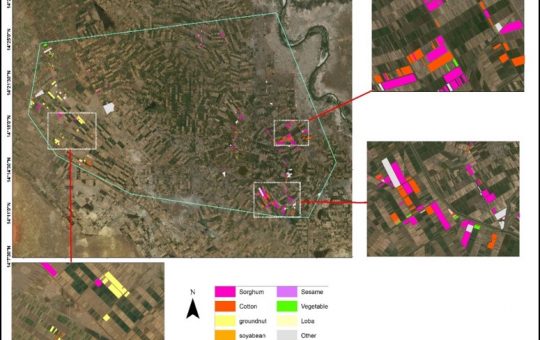
Water Productivity
This project was one of the outcomes of the strategic partnership-setting meeting between the Minister of Irrigation and Water Resources (MoIWR) and the Food and Agricultural Organization (FAO) Sudan...
-
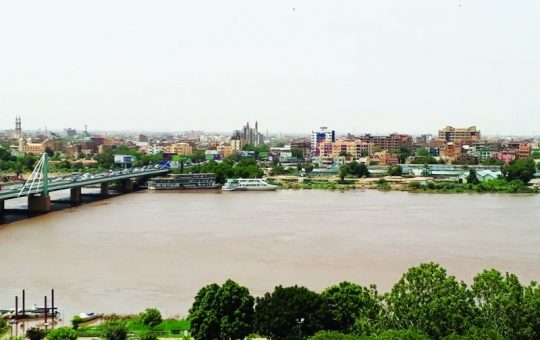
أثر مياه النيل على العلاقات السودانية المصرية ما بعد سد النهضة
تناولت الدراسة بشيء من التفصيل والتحليل أثر مياه النيل علي علاقات السودان ومصر ما بعد قيام سد النهضة الأثيوبي، وكان ذلك في أربع فصول يحوي كل عدة فصل محاور....
-
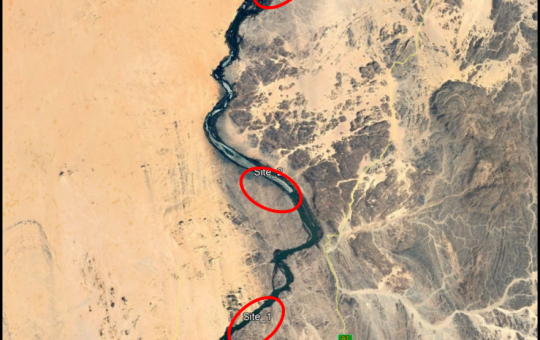
Selection of the Nile gauging site upstream High Aswan Dam
As per a request from the Permanent Joint Technical Commission for Nile Water (PJTC), The Hydraulics Research Center (HRC) conducted a study to investigate a suitable location of a...
-
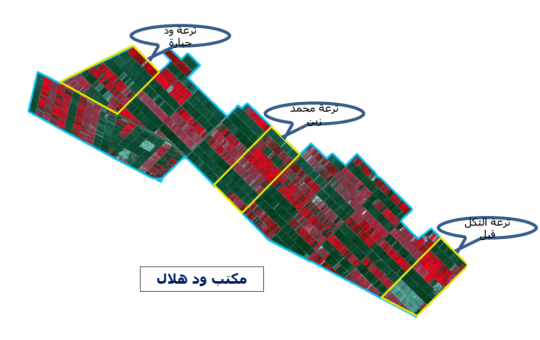
Mapping of Cropped Areas in Gezira Irrigation Scheme Using Remote Sensing and GIS techniques
Irrigation schemes in Sudan face many challenges. One of these challenges is to determine the actual cultivated area for the crops, in particular for large schemes such as Gezira...
-

Investigation of the Drainage Problems of Sabir Branch Protective Drain in New Halfa Irrigation Scheme
This study is intended to investigate the flooding problems of Sabir Branch Protective drain, where every year floods flowing from Albutana plateau threatens New Halfa Irrigation Scheme and also...
-
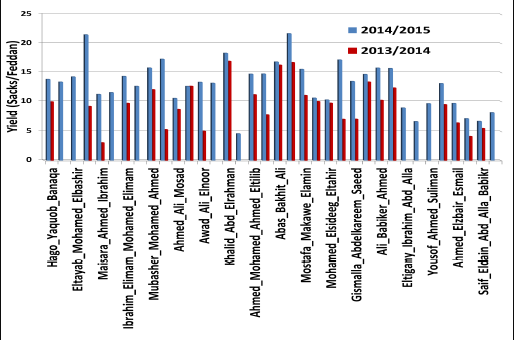
Satellite Based Information and Communication Technology (ICT) for Improved Crop Production in the Gezira Scheme
Water scarcity and food security are key concerns for the growing population in the arid and semi‐arid zones. Water is becoming an increasingly scarce resource for agriculture and other...
